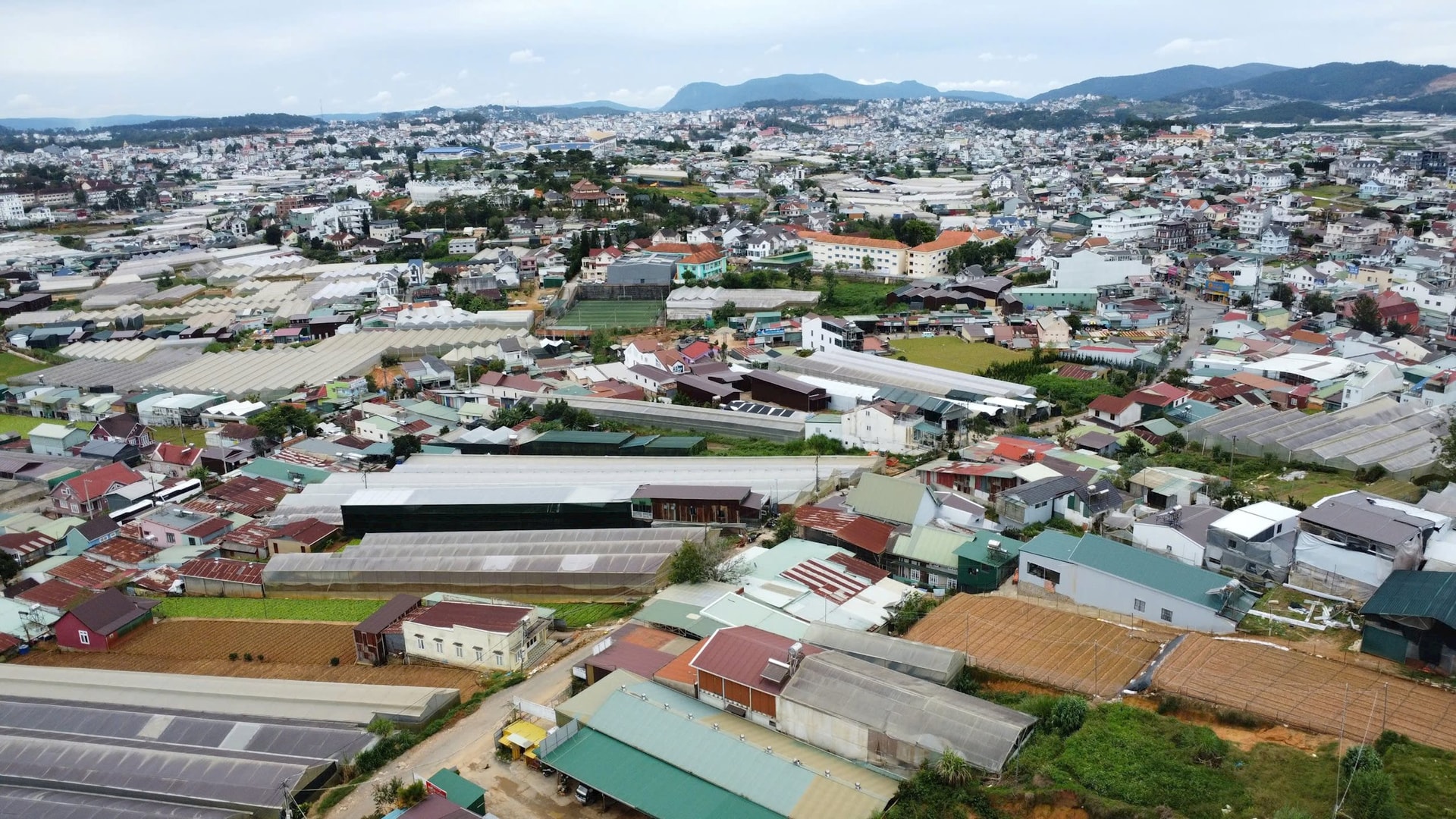
“Da Lat Identity” under greenhouse pressure
After more than 20 years of development, greenhouses have covered many hillsides of Da Lat and surrounding areas, contributing to making Lam Dong become the center of high-tech vegetables and flowers of the country. But this boom is also creating great pressure on the environment and urban landscape.
Seen from above, the appearance of Da Lat today is very different from the poetic image in many people's memories. Instead of valleys of brilliant flowers, hillsides covered with green pine trees, there are thousands of hectares of white greenhouses stretching out. According to a report by the Department of Agriculture and Environment (DARD), to date, the whole province has more than 5,726 hectares of greenhouses, of which Da Lat alone accounts for nearly 2,940 hectares.
Greenhouses used to be a breakthrough solution, helping farmers take the initiative in cropping, increasing productivity, reducing risks due to weather, and enhancing the brand of Da Lat vegetables and flowers. The greenhouse system plays a pivotal role in the province's high-tech agricultural production. However, the "dark side" is increasingly revealing the imbalance of landscapes, the "heat island" effect, local flash floods, declining groundwater levels, and environmental pollution.
In order to rectify the situation, in 2023, the Provincial People's Committee issued a project on Greenhouse Management, promoting high-tech agricultural production to adapt to climate change by 2030. The goal is to gradually reduce and eventually eliminate greenhouse areas in the inner city, inner city and residential areas of Da Lat; at the same time, encourage the development of ecological, organic, and circular agriculture, associated with landscape tourism .
After 2 years of implementation, the province has cleared more than 103 hectares of greenhouses built illegally. Many areas encroaching on forest land, traffic corridors, and scenic areas have been dismantled. However, the area of greenhouses in Da Lat city has not decreased, while in neighboring localities it continues to increase.
The biggest difficulty now is the livelihood of farmers. The Department of Agriculture and Rural Development is gradually solving this problem with pilot models of outdoor vegetable production using IoT, growing gladiolus and dahlias outdoors, combining trees and drainage infrastructure. The initial results are positive, but the scale is still small, not enough to convince large-scale farmers. In particular, the flower industry - a "specialty" of Da Lat - still depends heavily on greenhouses to ensure quality, seasonality and competitiveness in the market.
Gradually reduce in the inner city, tightly control in the suburbs
The solution to greenhouse management is not simply to ban or remove them. The investment cost of a 1,000 m² greenhouse can be up to hundreds of millions of VND. In addition to the cost, farmers are concerned about losing capital and the high risk of outdoor production. From this reality, many opinions say that a flexible roadmap is needed, along with support policies.
In particular, technical solutions are considered important, specifically, businesses and households growing flowers and vegetables need to plan their greenhouses with distance, trees, and a water supply system to ponds, canals and sewers. Avoid the situation where 100 m² of land is covered by a greenhouse.
Another suggestion is to build ponds and lakes in the garden. These ponds and lakes, in the rainy season, hold water, helping to reduce the flow of water and avoid flooding; in the dry season, there is water to irrigate flowers, vegetables, fruits, and plants.
Currently, the province is continuing to adjust the roadmap, prioritizing the dismantling of greenhouse areas encroaching on forest land, construction corridors, and scenic areas; at the same time, supporting people to switch to green, ecological farming models, less dependent on greenhouses.
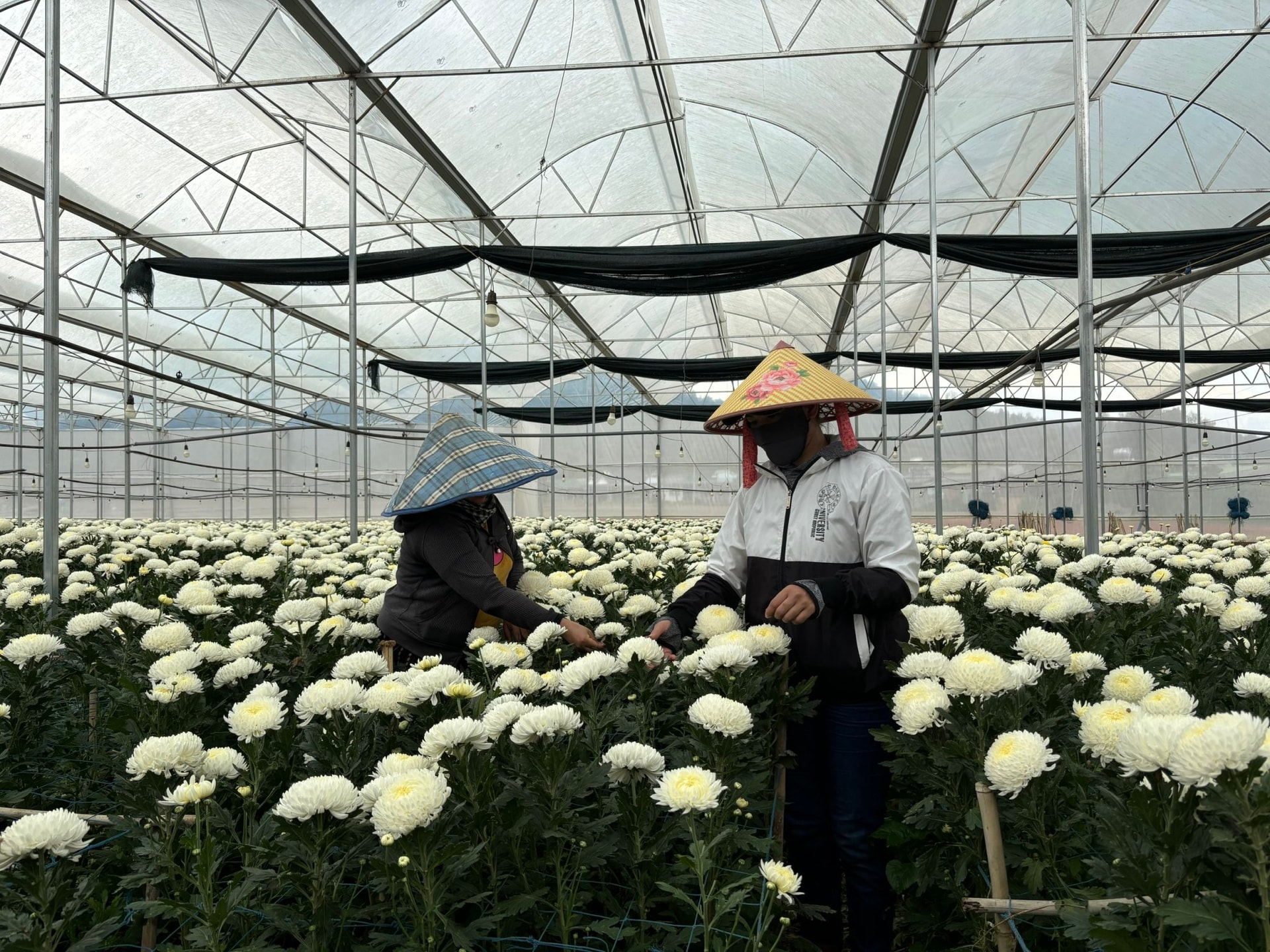
In addition to production, the important solution is planning. Many experts believe that it is necessary to include greenhouse area indicators in urban and rural planning, clearly defining areas where greenhouse development is allowed. Regional and basin management will help reduce natural disaster risks and contribute to achieving green growth goals and climate change adaptation.
From a sustainable development perspective, limiting greenhouse gases does not mean abandoning high-tech agriculture. On the contrary, this is an opportunity for Lam Dong to strongly shift towards green, circular, and organic agriculture.
According to the leader of the Department of Agriculture and Environment, the department is presiding over and coordinating with units and localities (after the merger) to review the entire current situation in order to develop solutions to implement the project, ensuring feasibility, in accordance with the province's orientation and local conditions.
The provincial Department of Agriculture and Environment assessed that the project has received attention from most localities in developing specific plans for implementation, and producers understand the harmful effects of excessive use of greenhouses in the Da Lat area. However, resolving the current situation of greenhouses after more than 20 years of uncontrolled development is extremely complicated and difficult.
The main reason is that greenhouses for agricultural production are currently of relatively high value. At the same time, most of the people producing in Da Lat have relatively small areas, so converting the production area without using greenhouses greatly affects the production and livelihoods of the people.
In Decision No. 178, Lam Dong province has specified a number of criteria for new construction, renovation of agricultural greenhouses and land areas for internal roads, ponds, reservoirs, drainage ditches, green areas and agricultural land areas. However, there are currently no standards or modern greenhouse models for organizations and individuals to refer to when building greenhouses.
Recently, the newly built greenhouse areas of some enterprises and cooperatives have gradually met the regulations on internal roads, water reservoirs and drainage ditches. However, the proportion of area for green trees and outdoor production is not guaranteed because producers still have the mentality of taking advantage of the area to serve production in the context of decreasing land area and increasing land value.
Lam Dong province is gradually reducing and extending the roadmap, while supporting farmers in their conversion. The ultimate goal is to keep Da Lat both a center of high-tech vegetables and flowers, and a green, attractive tourist city.
Source: https://baolamdong.vn/han-che-nha-kinh-san-xuat-nong-nghiep-trong-do-thi-394430.html


![[Photo] National Assembly Chairman Tran Thanh Man attends the 725th anniversary of the death of National Hero Tran Hung Dao](https://vphoto.vietnam.vn/thumb/1200x675/vietnam/resource/IMAGE/2025/10/12/1760285740475_ndo_br_bnd-8978-jpg.webp)
![[Photo] Delegation attending the Government Party Congress visited President Ho Chi Minh's Mausoleum](https://vphoto.vietnam.vn/thumb/1200x675/vietnam/resource/IMAGE/2025/10/12/1760240068221_dsc-3526-jpg.webp)


![[Photo] The 1st Government Party Congress held a preparatory session.](https://vphoto.vietnam.vn/thumb/1200x675/vietnam/resource/IMAGE/2025/10/12/1760257471531_dsc-4089-jpg.webp)
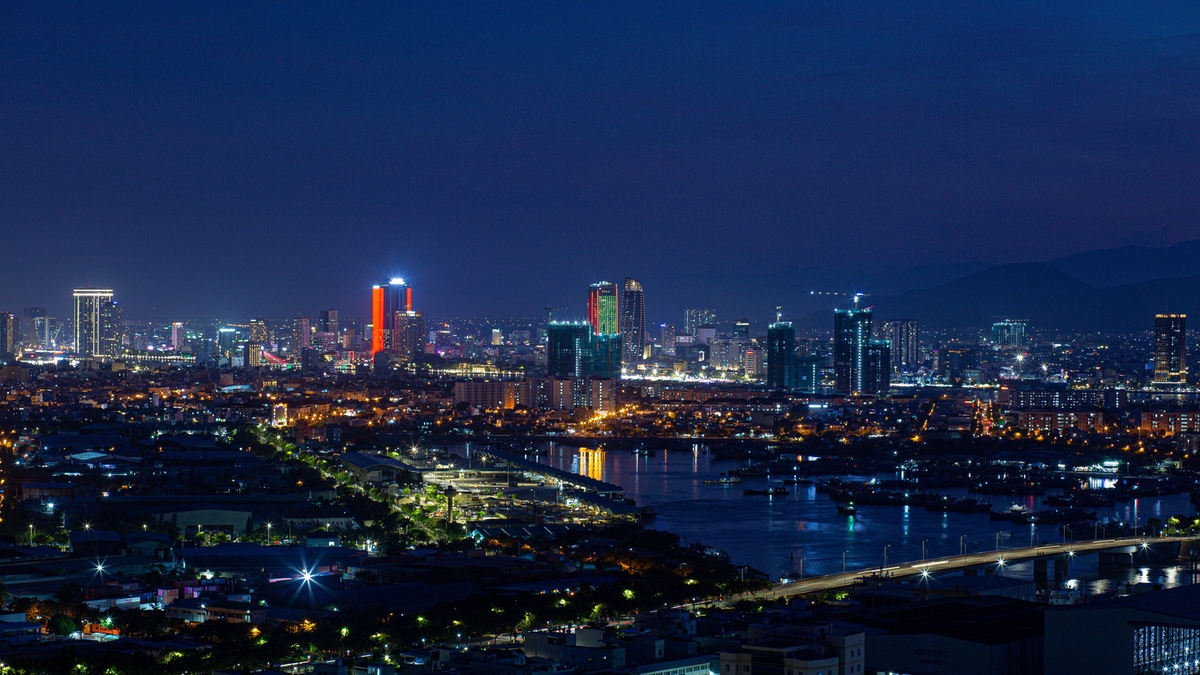

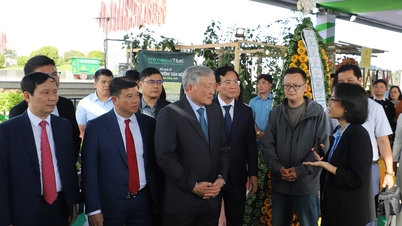







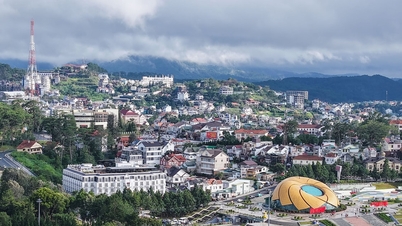
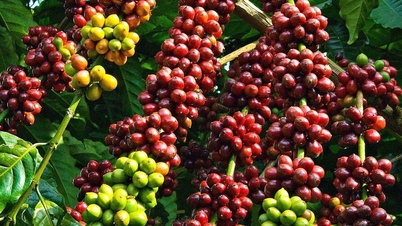



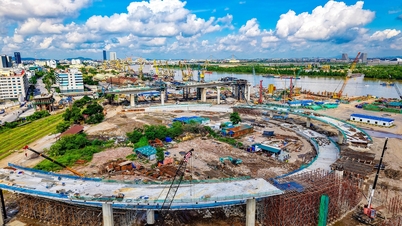



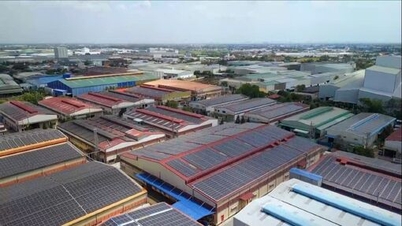





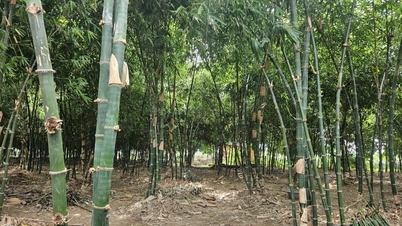

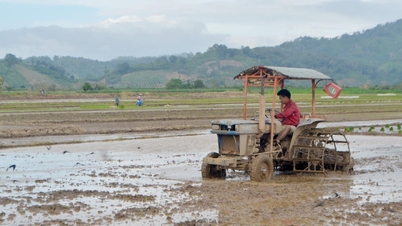
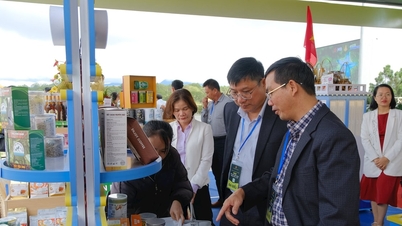

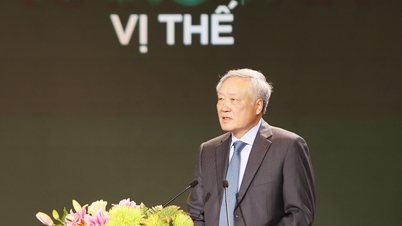

































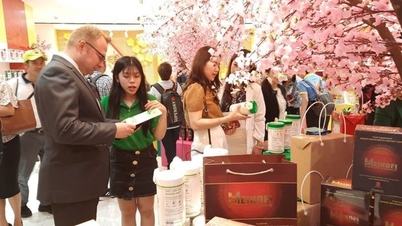









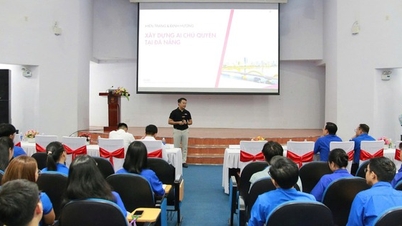
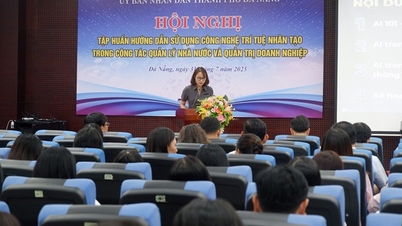
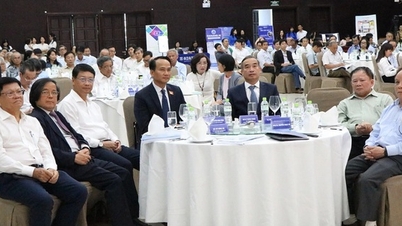

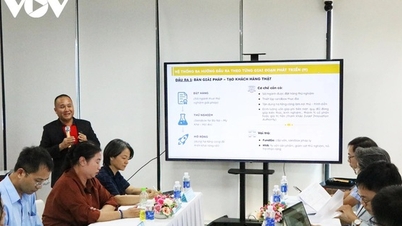
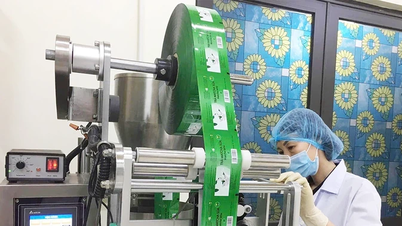

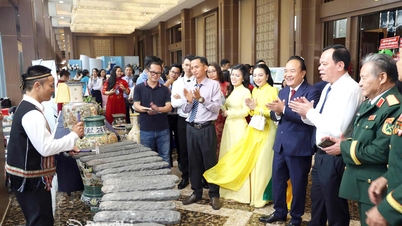

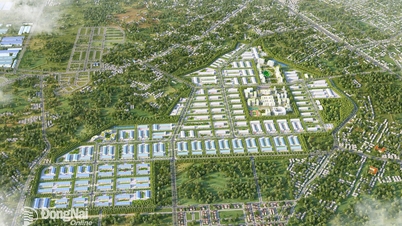
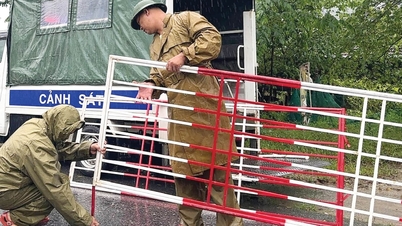

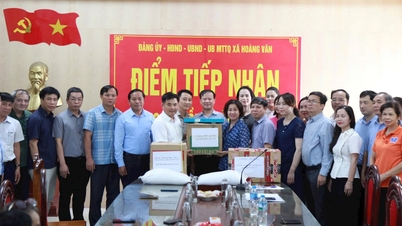
















Comment (0)